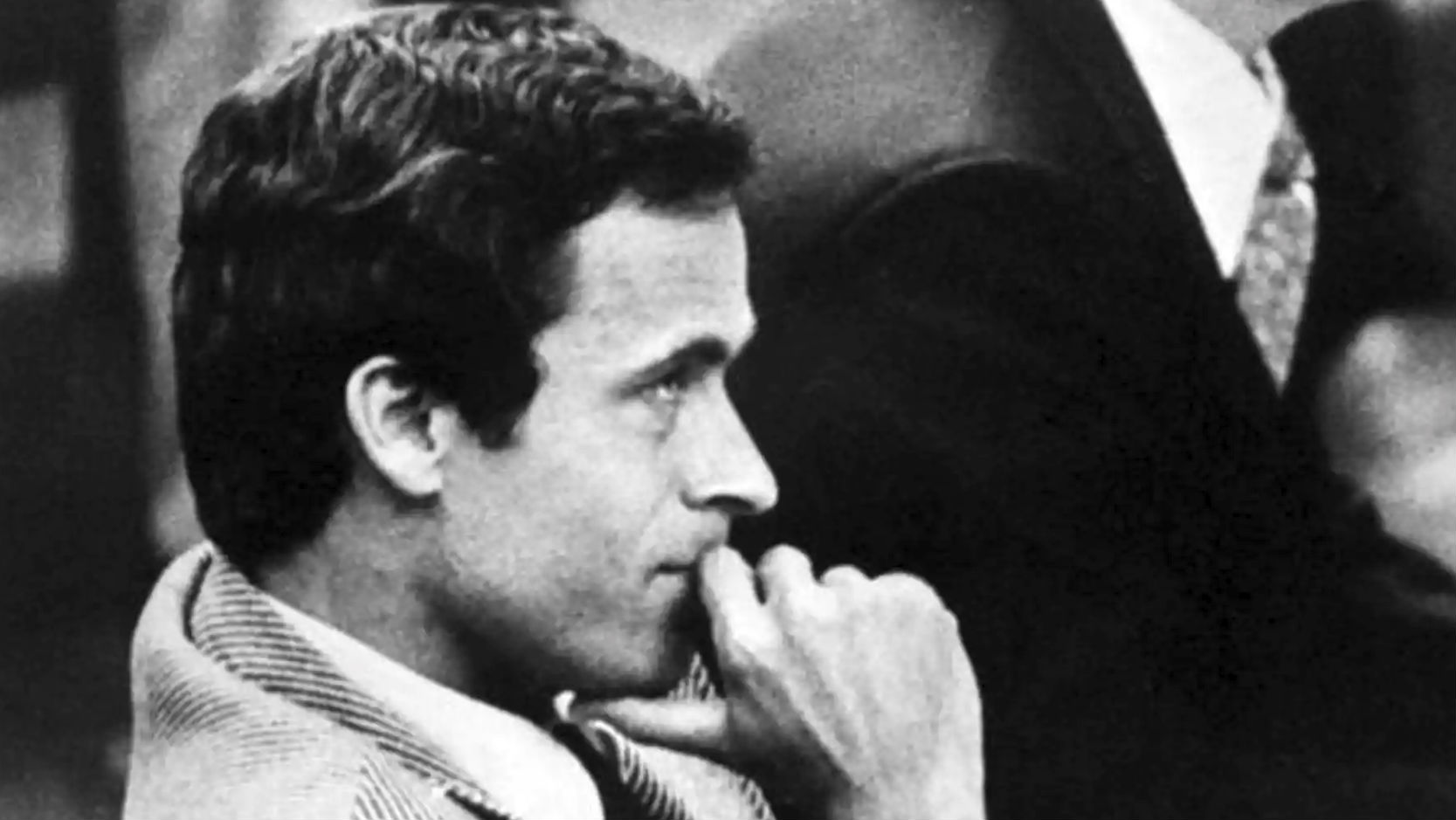What did Ted Bundy do?
Notorious 1970s serial killer gets the Netflix treatment this month, alongside a major Hollywood feature film

Three decades on from Ted Bundy’s execution, the infamous serial killer continues to fascinate filmmakers and audiences alike.
This month two major projects on his life and crimes are due to hit our small and big screens.
Netflix will air a four-part documentary on 24 January, the 30th anniversary of his death, titled Conversations With a Killer: The Ted Bundy Tapes, in which the murderer himself can be heard discussing the killings.
The Week
Escape your echo chamber. Get the facts behind the news, plus analysis from multiple perspectives.

Sign up for The Week's Free Newsletters
From our morning news briefing to a weekly Good News Newsletter, get the best of The Week delivered directly to your inbox.
From our morning news briefing to a weekly Good News Newsletter, get the best of The Week delivered directly to your inbox.
Two days later, feature film Extremely Wicked, Shockingly Evil and Vile will premiere at the Sundance Film Festival, starring Zac Efron as Bundy and telling the story from the perspective of his girlfriend Elizabeth Kloepfer, played by British actress Lily Collins.
But far from the glitz and glamour of Hollywood, the real details behind Bundy’s 30 confirmed murders are almost unspeakably grim, featuring elements of torture, rape and necrophilia, and leading to his own defence attorney branding him the “very definition of heartless evil”.
Early life
Ted Bundy (real name Theodore Robert Cowell) was born on 24 November 1946 in Burlington, Vermont, to Eleanor Cowell, an unmarried woman who never revealed the identity of his father.
A free daily email with the biggest news stories of the day – and the best features from TheWeek.com
As a result, Bundy was raised by his grandparents and for several years believed his mother to be his sister. According to Bundy biographers Stephen Michaud and Hugh Aynesworth, his grandfather was known to family members as a “tyrannical bully and a bigot” who “beat his wife and the family dog” and “swung neighbourhood cats by their tails”.
In 1951, Eleanor took her son and moved to Tacoma, Washington to live with her cousins.
The Washington DC Crime Museum says that Bundy grew up to be a “charming, articulate, and intelligent young man”, but by the time he was a teenager he “already exhibited signs of the sadistic serial killer he would become”.
The Daily Mail says: “His aunt, Julia, recalled waking up one day from a nap in her parents’ home – only to find herself surrounded by knives taken from the kitchen.
“Bundy, who was three years old at the time, stood by his aunt’s bed, smiling.”
First murders
Despite accounts from classmates recalling Bundy as a popular, well-liked person during his time at the University of Washington, Bundy would later describe himself as an anti-social loner during his younger years.
After he graduated with a degree in psychology in 1972, he was accepted into a law school in Utah and became more outwardly confident and active in social and political matters, Biography.com says.
Due to conflicting evidence and accounts, it is not entirely clear when or why Bundy began committing murders, but most experts believe he started his murderous rampage around 1974, when a number of women in the Seattle area and in nearby Oregon went missing. In autumn of that year, Bundy moved to Utah to attend law school, and women began disappearing there as well. The following year six women were also found dead in Colorado.
The Crime Museum says Bundy would “prey on these women with a ruse, often wearing his arm in a sling or his leg in a fake cast and walking on crutches”.
After asking for their help, he would lure them into his car before striking them over the head with a crowbar or pipe. He would then handcuff them and lay them on the floor in place of the passenger seat, which he had removed.
Bundy typically strangled or bludgeoned his victims as well as mutilating them after death. The Crime Museum adds that he would prolong the events by returning to visit the corpses at their dump sites or even taking them home in order to gain further sexual gratification, and in some cases “slept with their corpses until putrefaction made it unbearable”.
Arrests and subsequent murders
In August 1975 Bundy was pulled over by police for a driving violation, but officers found handcuffs, an ice pick, crowbar, pantyhose with eye holes cut out and other questionable items, says ThoughtCo. He was arrested, identified in a line-up by a woman he had tried unsuccessfully to abduct and sentenced to 15 years in jail for attempted kidnap.
However, in 1977, he jumped out of a courthouse window while acting as his own defence lawyer in a subsequent murder trial and escaped. He was recaptured eight days later, but managed to escape a second time in December of the same year by climbing out of a hole he made in the ceiling of his cell, having dropped more than 30lbs to fit through the small opening.
After getting a large head start on police who hadn’t noticed his escape, he made it to Florida, where he attacked four women in a Florida State University sorority house, raping and murdering two of them.
Bundy was apprehended again for a traffic violation on 15 February 1978, shortly after the abduction and murder of 12-year-old Kimberley Leach. He was quickly identified by witnesses and the bite marks on one of his sorority victims.
After two separate trials, Bundy was sentenced to death and executed by electric chair on 24 January 1989, having finally confessed to 30 murders. However, due to his purposefully misleading testimonies, the true number of victims remains a mystery.
Seattle attorney John Henry Browne, who represented Ted Bundy in the 1970s, said in 2012 that Bundy had repeatedly told him that he had killed 100 people or more, some of whom were men, reports the Orlando Sentinel.
-
 Political cartoons for December 20
Political cartoons for December 20Cartoons Saturday’s political cartoons include drowning rats, the ACA, and more
-
 5 fairly vain cartoons about Vanity Fair’s interviews with Susie Wiles
5 fairly vain cartoons about Vanity Fair’s interviews with Susie WilesCartoon Artists take on demolition derby, alcoholic personality, and more
-
 Joanna Trollope: novelist who had a No. 1 bestseller with The Rector’s Wife
Joanna Trollope: novelist who had a No. 1 bestseller with The Rector’s WifeIn the Spotlight Trollope found fame with intelligent novels about the dramas and dilemmas of modern women
